#ottoman clothes
Explore tagged Tumblr posts
Note
Hi! I love the various posts for folk clothing you have here. The clothes are all so beautiful! The Raiment of the Soul ones are especially lovely.
If you don't mind me asking, for men's clothes, how many layers are there?
Obviously there are the fustanellas, the waistcoats (???), the shirts etc. I've tried looking around to find the names of each and just what the looks consist of, but I can't seem to find anything that's actually helpful.
It looks like the tops are seperate shirts tucked into the fustanellas and they have a wrap around the waist, but sometimes they look like an entire garment.
I want to draw a character with this sort of clothing and I just don't want to get anything wrong.
Thank you!
Hi! There are of course variations depending on the region of Greece however the key elements of a man's attire are:
Υποκάμισο (ypokámiso) or πουκάμισο (pukámiso): This is the basic layer that exists in every single type of attire, the shirt, a short descendant of the dalmatica. It is usually white but not always, in Crete for example it is often black. The design can vary a little but the sleeves can be either bell-like or narrower. The traditional shirts are indeed a little long, some may reach a man's hipline or below even, but they are separate garments and they are always tucked inside the fustanella or pants or vraka etc

Φουστανέλα (fustanela) / Βράκα (vraka) / pants: Fustanela is actually not the only garment worn under the waist. Vraka is the garment worn in most of the islands and it's like very puffy short pants. Vraka's colour may vary but the usual ones are black and blue. A lot of traditional attires in mainland Greece have actual long pants, mostly in the following colours: white, off white or creme / light beige, brown and black. Fustanela was a garment most common among warriors and shepherds but it became more popular and widespread amongst regular civilians in central and south mainland Greece during and after the Independence War, let alone the honorary attire of generals and presidential guards. Fustanela is a white very ruffled kilt. The presidential guards wear a shorter version reaching mid-thigh, however the warriors and anyone wearing it in the 19th century wore it longer, knee-length or even slightly longer, especially the older and more respectable they got. So if you are drawing someone from that era, then make sure the fustanela is somewhere close to knee length, depending also on the character's age / status.

Fustanela, long pants and vrakes.

Warriors of the Greek revolution. I chose a painting to give you some drawing ideas.
On top there were many variations. There was γελέκι (yeleki) or γιλέκο (yileko), which was a waistcoat worn in summer or - I think - πισλί (pislí) a sleeved jacket in various colours and almost always intricately embroidered. Sometimes the sleeves were regular ones (see central figure in the painting), sometimes the sleeves were not sewn entirely and they were only connected in a few points (see the first figure down left in the painting). Another variation was one which was like a waistcoat with sleeves which were cut and hanging completely at the back (see image below) and this was called φέρμελη (férmeli).

In cold weather men would wear a dulamas, which was a long coat in various colours and exquisite embroidery (obviously depending also on the wealth of the person). Dulamas could also have sleeves or be sleeveless.


Sleeveless and sleeved dulamades.
For even heavier cold men would also wear a φλοκάτη (flokati), a very thick wool fur cape on top of that.

In this painting the figure down right is wearing a flokati cape.
All men wore a ζωνάρι (zonari), a metallic belt and / or a σελλάχι (sellahi), a cloth wrapped many times in order to create pockets in it. In these belts or pockets the warriors kept their weaponry. Civilians kept a container with water, a watch and, if they were literate, they also kept a feather pen in case they needed to write something. Depending on the region, belts can vary greatly in colour, shape, width, design etc


They wore thick long wool socks, usually white , but this also depends on the region. Warriors of high rank, like generals, had additional thick leggings (so to speak) under the knee that were embroidered like their jackets (see both paintings above).
Footwear involved the τσαρούχια (tsaroúhia) which were initially pointy leather shoes - often black or red - but then in the mainland they got that famous big black pom pom (which hid a knife inside). Alternatively, long boots were also very common, which were made of leather and could be black or white usually. But NO boots with the fustanela attire! All of that can be seen in the photos and art above.

Notice the differences in jacket, kilt length, legging and footwear between the high rank guard and the rest.
Then it was the head dress. I honestly can't describe all the versions of head dress across the country. Men commonly wore a fez, which was mandatory to all subjects of the Ottoman empire. There were numerous variations for the fez, some were very small, some were pompous and tall. Greeks often used to attach a large tussel to their fez. Other Greeks in more peripheral regions would hide their small fez entirely under a wrapped handkerchief. The fez was usually red or sometimes black or blue. (See also the first image above.)
Depending on the region, there were various additional garments or decorations but this depends on each local attire.
Another thing that you should take into account is that if your model / character is supposed to live before late 19th century, then Greek men kept their hair long and also gave it a glow by applying oil on it, especially in the mainland. Islanders could perhaps also have shorter hair but in general most men had long hair, including old men. They also sported as big mustaches as they could (unless they were very young). There were no beards, except in the case of some islanders rarely and all priests.

I think the safest way to go about it is to find a pre-existing artwork that you like and get inspired by it, hopefully also with the help of the information I am giving here.
#greece#historical fashion#traditional clothing#folk clothing#men's folk clothing#tradition#greek culture#ottoman greece#modern greece#anon#ask#long post#tw long
45 notes
·
View notes
Text

Ottoman Turkish Officer and His Wife. 1900s
#turkic#nomad#traditional#culture#traditional clothing#türk#turkish#turkiye#türkiye#ottoman#folk clothing#folk costume
34 notes
·
View notes
Text






OC sketches!
#zeuzey's oc#sapphic#yuri#ottoman empire#byzantine#traditional clothing#sketch#art commissions open#original art
24 notes
·
View notes
Text

Kaftan. Türkiye, Ottoman Empire. 1600 CE.
Victoria and Albert Museum.
#victoria and albert museum#museum#turkiye#turkey#ottoman empire#ottoman#turkish#turkic#art#culture#history#early modern history#early modern period#turkish history#traditional clothing
19 notes
·
View notes
Text

Read 28/25 of 2024: Currently reading this, and it is a thoroughly enjoyable and insightful experience! It delves into the Ottoman culture not only in terms of what it was characteristic for within the empire during its times, but also what traces it left both in present-day Turkish culture and that of its former provinces. Thus, it presents the specifics of their culture in broader terms and also provides glimpses into a day-to-day life of the Ottomans. Highly recommend this if you want to learn a bit more about the history of the Ottoman Empire.
#the ottomans#the ottomans: a cultural legacy#diana darke#the ottoman empire#this book is like a gold mine for my voievod research because it explains and introduces everything#clothing; architecture; religion; commence; cuisine; literature; medical practice etc etc
9 notes
·
View notes
Text
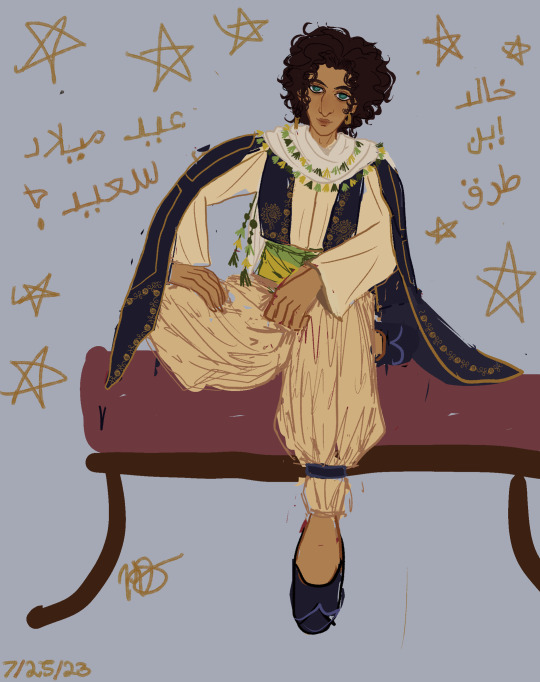
#fire emblem#fe3h#claude von reigen#fe3hanniversary#khalid fe3h#Syrian lebanese clothing#ottoman clothing#Arab
55 notes
·
View notes
Text
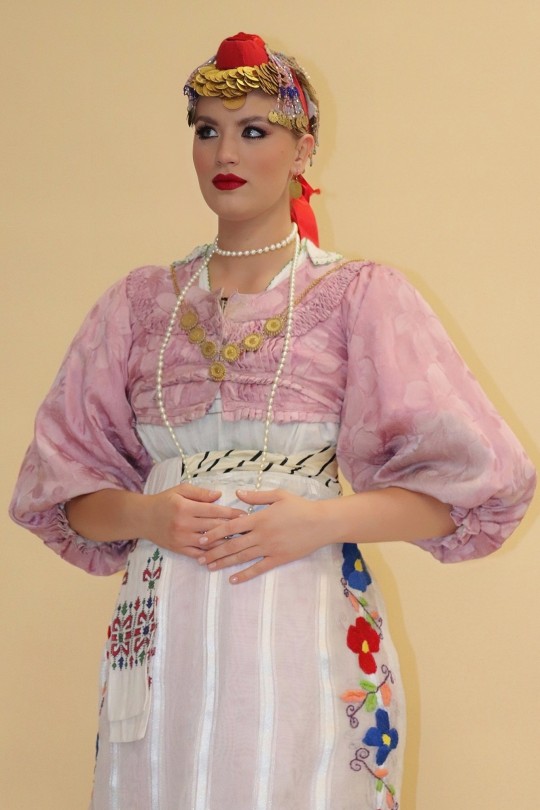

▪️Serbian girl dressed in serbian traditional clothes from Velika Hocha(srb. Велика Хоча/lat. Velika Hoča), Southern Serbia 🇷🇸
📸cotkdesanka
#serbian#balkan#europe#serbian beauty#serbian traditional clothes#serbian folklor#serbian women#serbian tradition#Serbian culture#Velika Hoča#serbian aesthetics#Post Ottoman
16 notes
·
View notes
Text



A ref for Sameer, a southern tunisian djinn who may or may not be the long lost heir to the dynasty and on whose shoulders rests the burden of saving the nation...
#watch out early XX century post ottoman dynasty your saviour is a he/they#my art#fennec.art#fennec.origin#ocs#original art#traditional clothing#ft. his adopted sister Aïcha el hajji <3#i loove making up ocs and little blurbs and then promptly dropping them to go work on my big boy serious project of 3 years running
9 notes
·
View notes
Text

here's my first art stuffs with my epic new profile pic, and ofc it's ANS-related!!!! (meant 2 post it last night but my wifi cut out LMAO
(please reblog!!!)
[ID; a digital canvas featuring two drawings, one a redesign of Nadakhan from Ninjago, and the other is a redesign of Soto from Ninjago.
Nadakhan has a dark reddish one-piece robe covering his arms, torso, and extending to his tail, as well as a lighter reddish-pink skirt, which covers his red, orange, and yellow tail. He has a dark brown cloak with a golden Misfortune's Keep insignia, gold arm graces, and a golden hook. He has green eyes and antlers, and he has pointed ears and golden earings. He wears his hair in a ponytail.
Soto has a dark red shirt, with a lighter red undershirt, a reddish-black overshirt with golden lining, brown pants, a darker brown peg leg, a metal hand, black boots with a red bottom, reddish-brown hair, a black hat with two feathers, and red cloth covering his right eye. One feather goes from red, to orange, to yellow, and the other is a simple red. /end ID]
#for nadakhan; his design is based more on traditional depictions of djinn#and also his outfit is based more on clothing from the ottoman empire#ik obviously we ALL hate nadakhan and for fair reasons but bro pls I spent SO much time designing him#soto was kinda just random. Im unsure ab him.#ninjago#ninjago art#raine's art#ninjago nadakhan#ninjago soto#soto ninjago#nadakhan ninjago#ninjago a new spin
121 notes
·
View notes
Text

I combined my favorite settings. although, my OCs fit well on the theme of Turkish cross-dresser dancers.
I love this unusual queer theme in eastern culture!
There is a reference to one of my favorite artists.............

#art#illustration#graphic art#comics#ink illustration#near east#orientalism#oc au art#my ocs#ottoman culture#queer#oriental art#artists on tumblr#turkey#köçek#cross dressing#historical clothing#ottoman empire
18 notes
·
View notes
Text
Eclipse Coronation Ottoman
At the start of the reign of Gabriel III and Sonja III, I made them a promise. During their reign, in honor and imitation of all the fancy and beautiful clothing they produce, I would cut into a fabric that scared me and attempt to make something wearable.
Prior to Pennsic, my lovely wife picked up some garb for us at a SCA yard sale. this included the following rust/gold ghawazee that a local of mine (recently laurel) informed me is about 200-300 years post period, but would be an OK time saver for garbing myself up for Pennsic. With that knowledge safe in hand, I planned and started to sew a gomlek, with the intention of creating a single-layer supportive undergarment to reduce the number of layers worn on hot afternoons at pennsic. This would be my first ever supportive garment! As you can see in the following photos, the supportive garment was a success.
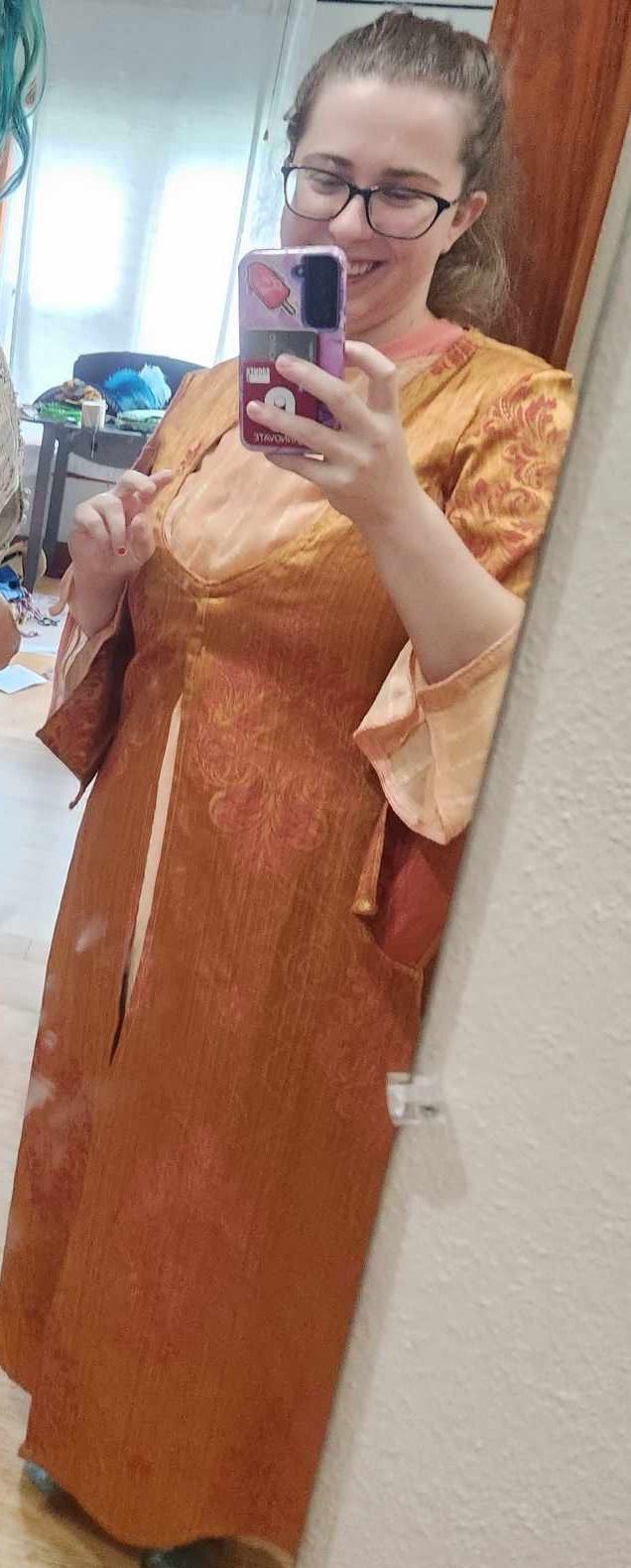
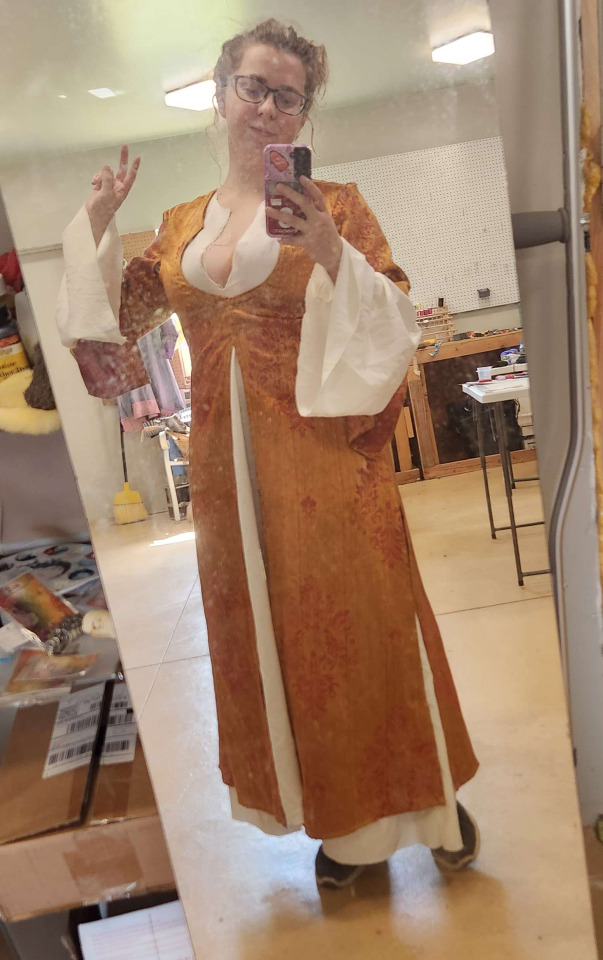
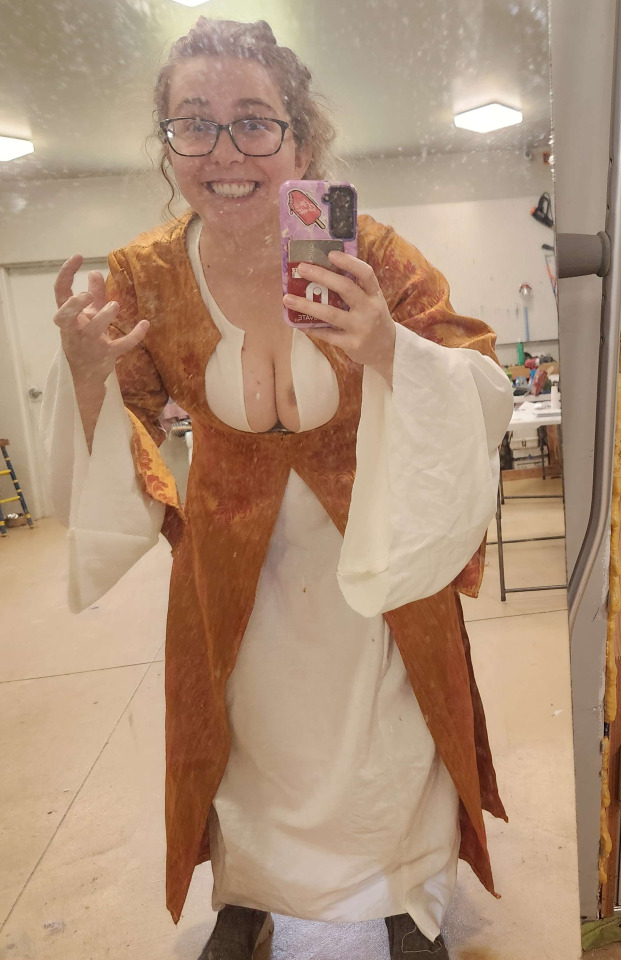
I began my research with Ottoman Turkish Garb, An Overview of Women's Clothing by Baroness Katja Davidova Orlova Khazarina. This document was recommended to me by Baroness Dominique Michelle le Vasseur. With a bit more of an idea of what I was doing (but only a bit, I was roaring full speed ahead) I used the gomlek pattern found on Turkish Costume by Vanessa Giddings. I made the gomlek from a light-medium weight white linen from stash. I serged each edge of the pieces before pinning together to prevent fraying and to buy me some time to properly finish the seams when I got home from pennsic.
Notably, this is where I made my first mistake. After making the gomlek, I decided to attempt to make it supportive just in case I didn't finish a zibin before pennsic (reader-- she didn't finish the zibin). After making the gomlek according to the Giddings pattern, I then pinched and pinned along the seam between the front body and the front gore to force a little more lift and create a "shelf" on which the breasts could rest. Because I made t his supportive, I'm glad I used a just shy of medium weight linen rather than a more appropriate looser weave, because it gave the garment the body to support the breasts.
As I was in the last leg of time crunch before Pennsic, I wanted this linen to relax as much as it was going to as fast as possible. So i threw on the gomlek, some leggings, and a lazy turban, then did some intense yard work for ~2 hours. My breasts never moved from their assigned seats, the garment relaxed comfortably, and I could move just fine in it. I then finished the gomlek off with a quick button loop and faux-pearl headed button at the neckline, though it has no structural purpose due to how I altered the garment.
With a heart full of ambition and a head empty of reason, I attacked a plan to finish a brand new entari, zibin, and an extra gomlek prior to pennsic. I accomplished none of that.
The following picture shows how I wore this for Pennsic: Gomlek, the post-period ghawazee, lazy turban, some shalwar off amazon recommended by Viscountess Caterina Giovanni, my apprentice belt, and some Rus boots as I was advised to wear ankle support in the Bog.
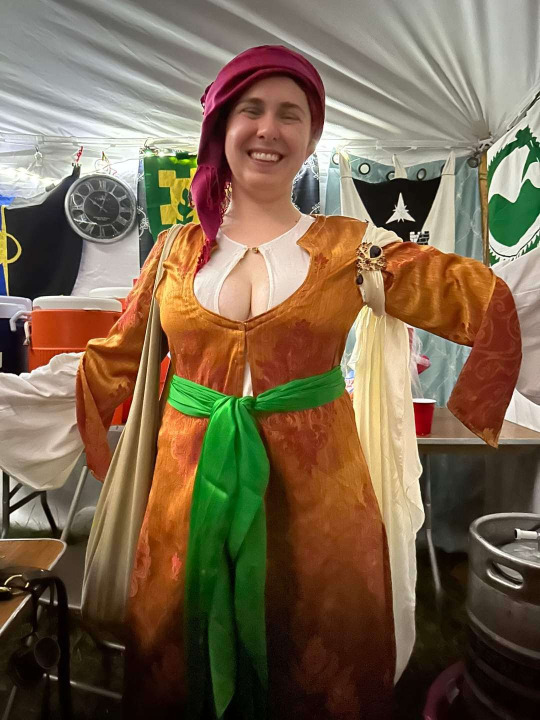
Upon my return home, I started planning the Entari, with the goal of having a gomlek and entari to wear to Namron Protectorate for Domi's laurel elevation (reader-- she didn't finish any of it in time). I selected from stash a black cotton for the lining and a red and rust upholstery fabric for the outer layer. This was chosen for the similarity, to my eye, between the repeating pattern in the stripes on the upholstery fabric and the patterns present on some extant entaris and in court portraiture. ORIGINALLY I had selected a bright blue silk i was certain I had in stash but my box o' saris was nowhere to be found.
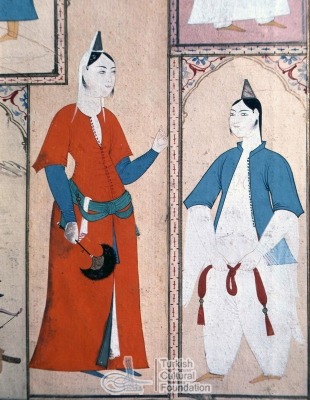
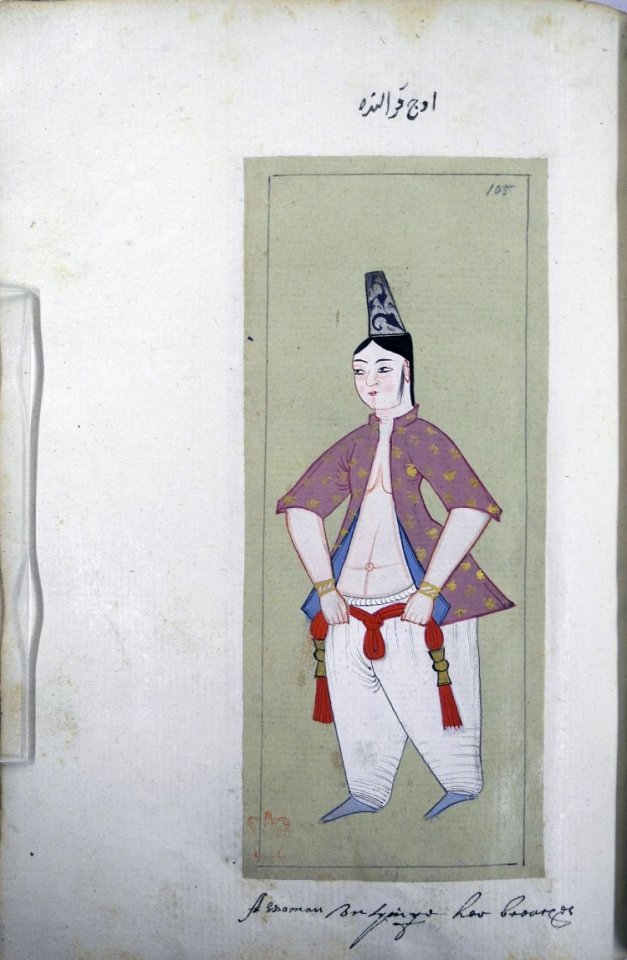
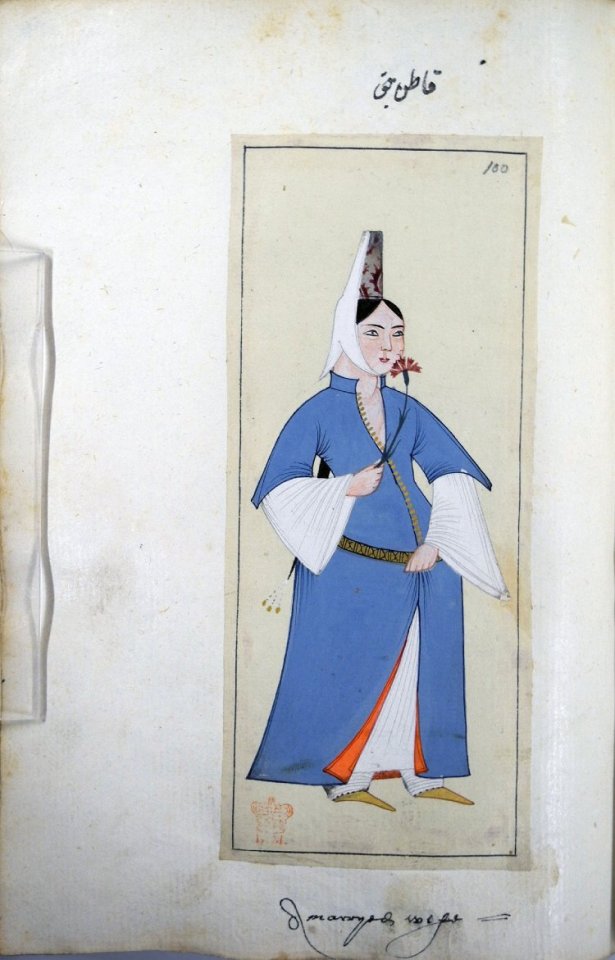

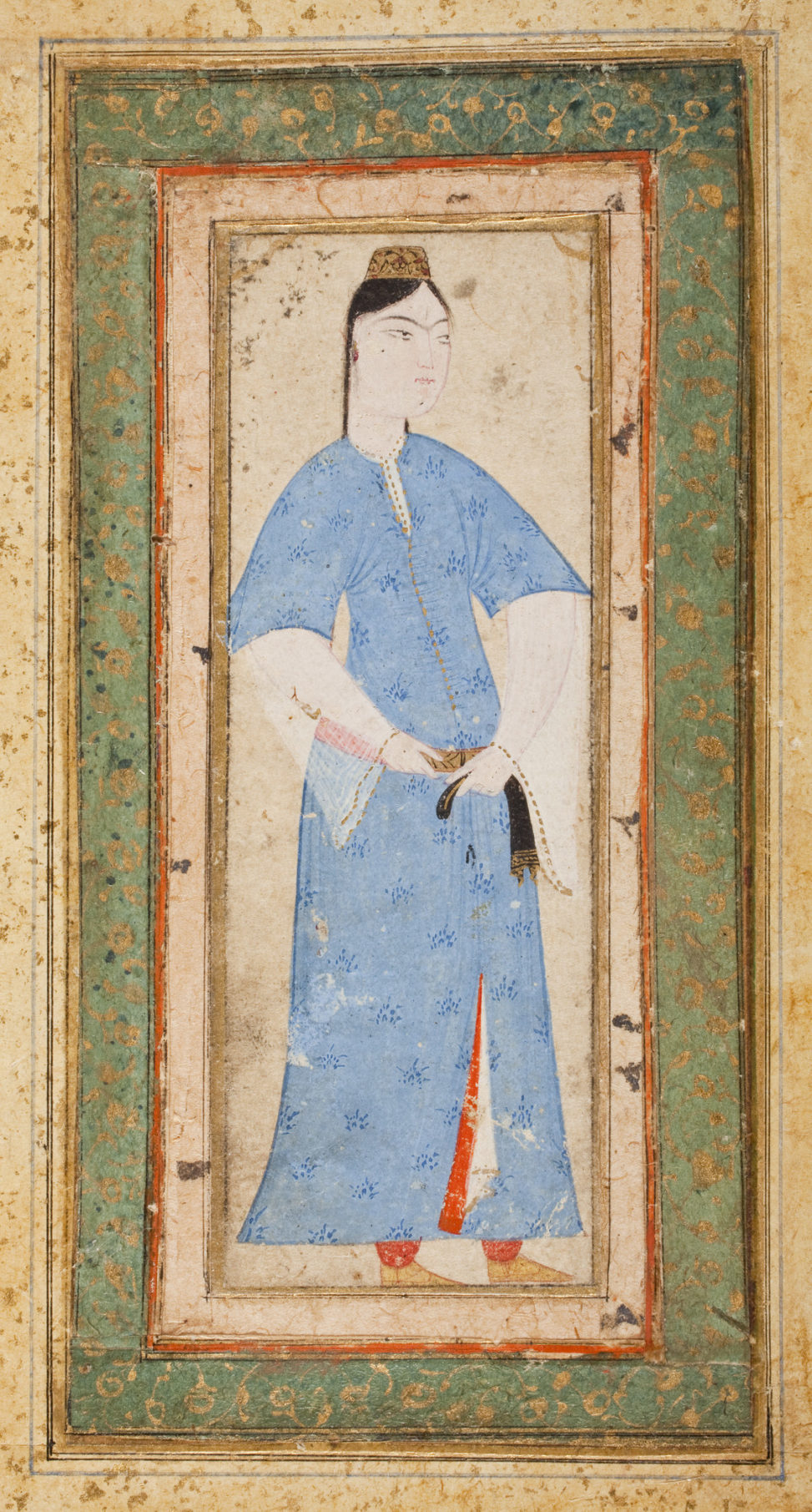


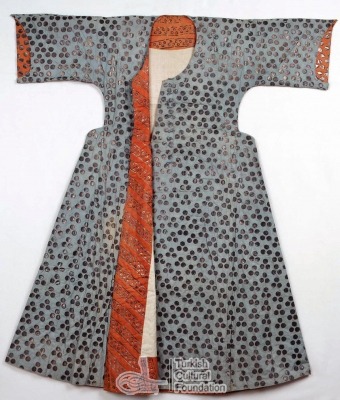

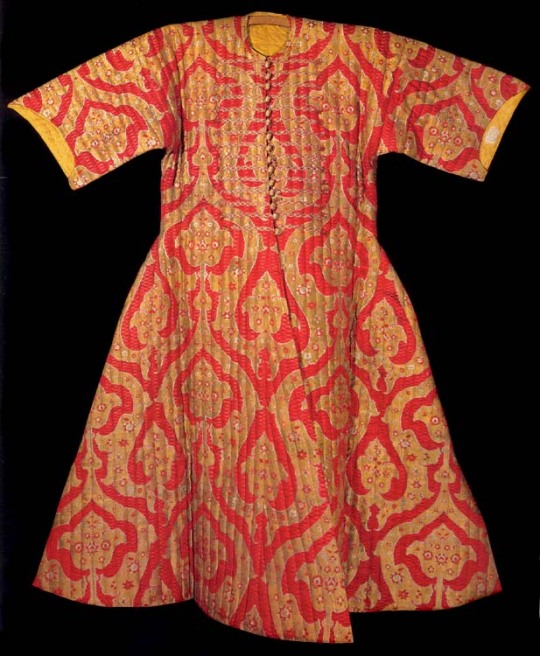
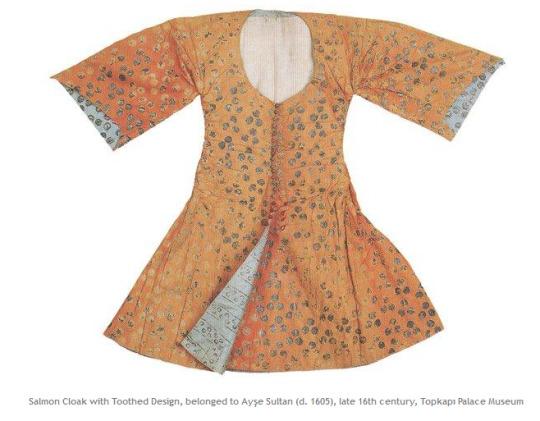
The above portraits, miniatures, and extants were accessed through the Ottoman Turkish Garment Database. The prevalence of red / blue color combos in the portraits and extants, as well as vibrant colors across the board, inspired my choices. As you can see in each of the extants as well as the art, the inside edge of the garment is faced in a color different from the lining and the outer layer. In many of the portraits, the bottom edge of the garment is turned out as if caught in motion, displaying this vibrant facing. The entaris come in different lengths but tend to be in the knee to floor range, while a hip to knee length undergarment appears to be worn as a middle layer.
The center bottom quilted kaftan in red and gold (belonging to Selim I, garment c. 1512-1520) inspired my choice of fabric, as seen below.

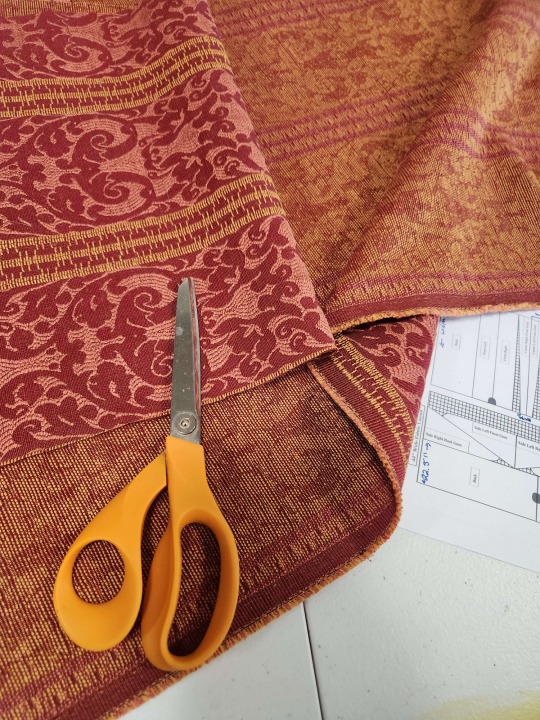
Fabric selected, then began the cutting. I used the pattern, cutting diagram, and notes from Kelebek's Persian and Turkish Clothes and drafted out onto my lining layer. Because the gomlek worked up so easily, I just used the black cotton liner as my muslin for this garment. As seen below, it fit pretty well from the outset and the notes and diagrams proved helpful in making sure everything lined up right. Gores are my nightmare. Seen below, the garment as it stood had REALLY prominent hip bumps.
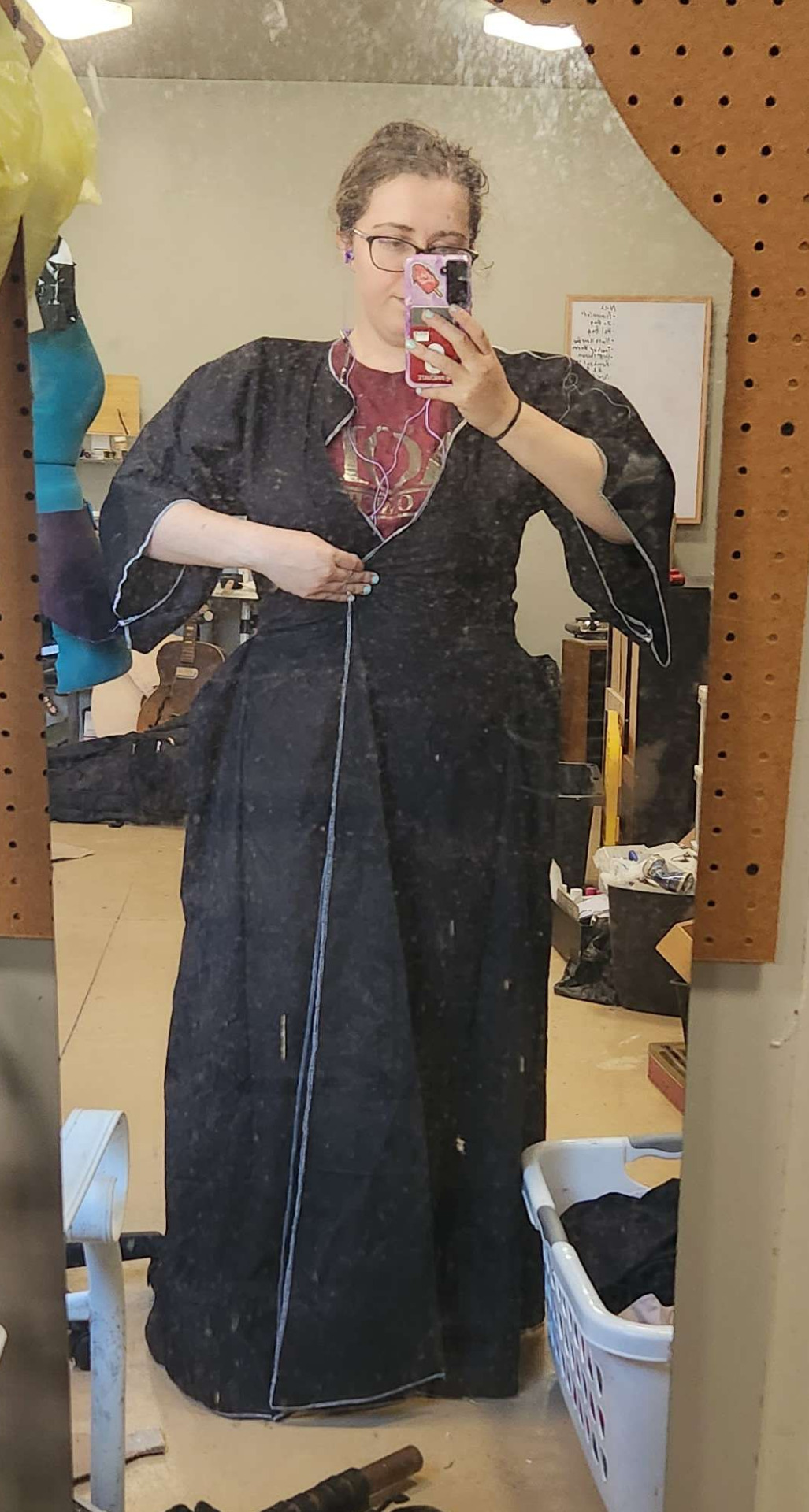
We know that prominent hip bumps were part of the fashion just judging from the art and extant garments (including one amusing extant of Hanzade Sultan's zibins with an attached note deriding the poor quality of the hip bumps) but after repeating the pattern onto my outer fabric, they started bothering me. I was pretty sure I had them sitting too low, or some part of the slope wasn't quite right.
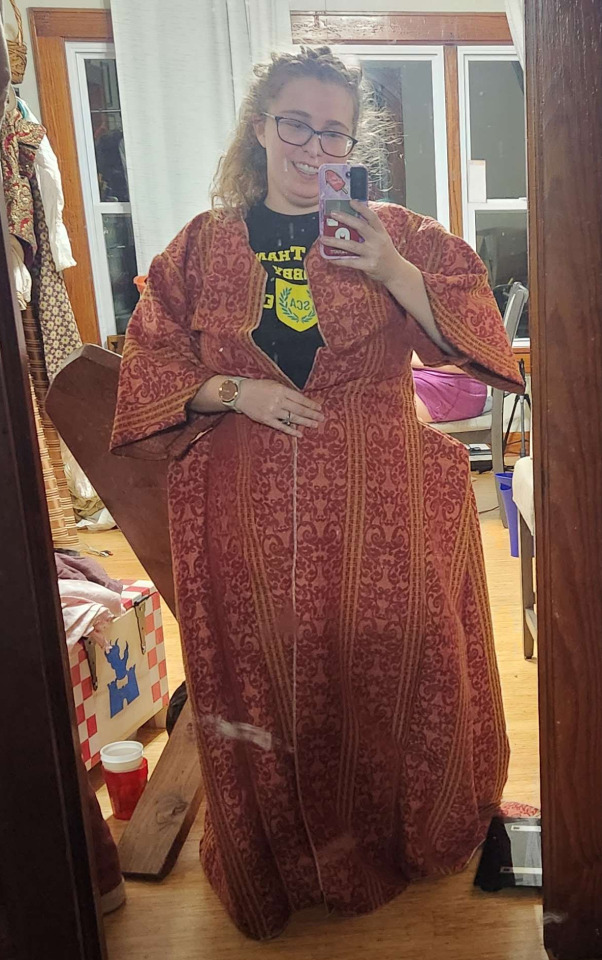
Protectorate was fast approaching, and I had little time to make major adjustments and fiddle with a lot of trial and error. I made some quick adjustments, smoothing the slope of the hip bums into more of a 15 degree angle than the 45ish degree angle they were sitting at prior. Around the same time i started fretting about the hip bumps, I realized my box o' saris was AWOL and began to panic. After fruitless hours scouring the house and workshop, no luck. For my own mental health, I put the project aside to handle AFTER Protectorate, but before Coronation. I had a promise to keep, after all.
I returned home from Namron Protectorate and got to work. With my silks still missing, I selected a soft but bright blue polycotton with a nice sheen from stash and made my bias facing.
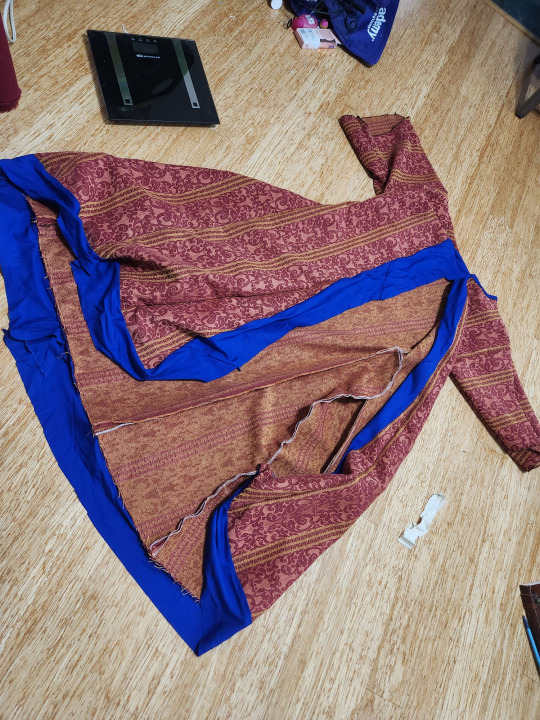
It wasn't perfect, but time was short and the fabric was bright. You can also see from this photo the adjustments I made to the hip bump. I left the original shape intact, just folded and gently tacked down inside the body so I have the chance to fix it in the future, when I feel more able and comfortable. And so, the handsewing of the Entari began with Coronation just days away. I finished tacking in the lining, which is only attached to the outer shell by the facing, fun fact, and did a quick try on to make sure it all sat the way I wanted. I was very satisfied with the result. In the future, though, I would probably face the sleeves BEFORE I seam down the underside, because that was the only part of the facing truly miserable to line up and attach.
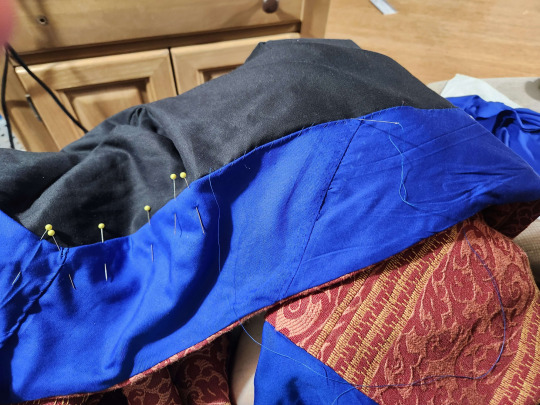
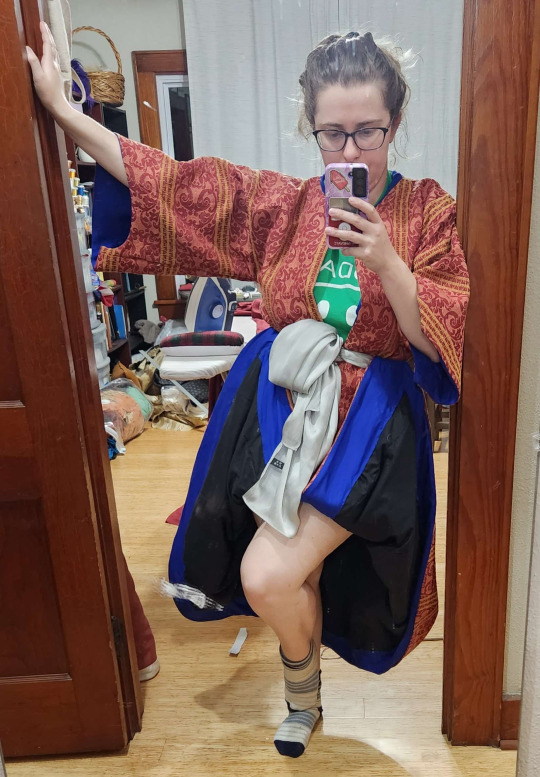
Then came the last minute fastenings. I'd wanted to weave some trim to make proper button / loop pairs down the front, but didn't have the time. Suggestions from my locals mostly relied on me having not yet put the body, facing, and lining together. I made do, dug through my ribbon supply, and grabbed some shiny polysatin 3/8" ribbon I usually use for making ribbon roses. I cut them into 9" lengths, folded in half, lined up with the yellow vertical stripe down the front, tucked the ends under, and tacked them down securely. For the buttons, I used some Vindheim buttons from Bad Baroness. For a last minute closure I literally finished 2 hours before driving down to coronation, not bad if I do say so myself.
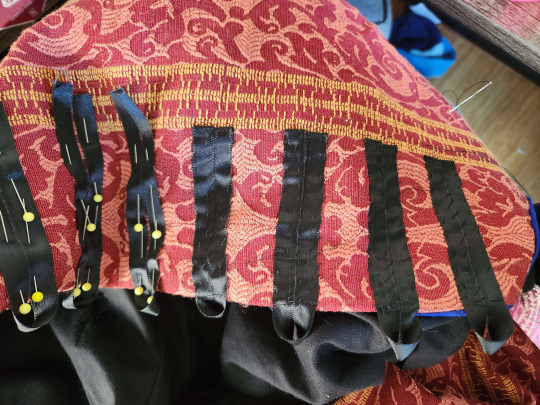
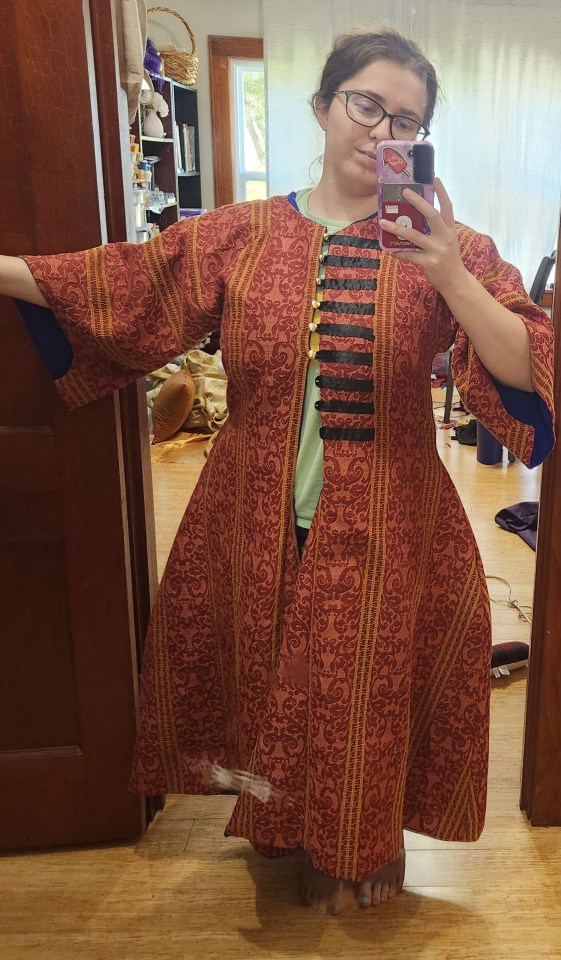
On the day of, I added a long, sleeveless undercoat that for sanity's sake, we'll call a zibin. I need to make one of those rather soon, don't I? I received the coat second hand at Mooneschadowe Trade Days in exchange for a monmouth cap, with the encouragement of Viscountess Mama Cat. I wore a small embroidered hot pink hat over a pink-and-rust silk and pashmina scarf that my lovely wife got for me at Pennsic as a gift, with a veil pinned over the top. The veil is actually one of my spare white scarves, my big "floofy" one that gives my siblings in the order scarf envy. I ordered it from the same place I got my green apprentice belt sash, my wife gets cadet scarves, and both of us get a variety of veils. Mama cat helped me make sure everything sat right on the outfit and helped me get the veil just right. The peacock feather pin is from Sonja III's Queen's Champion tournament, the favor she gave to all the competing fighters. I am wearing the handwoven silk scarf I was made in, a twin to my Doña's and her Queen's white scarves, and it has a subtle Ansteorran Star woven into one end. The pin (hidden because the wind was fighting me while we watched the eclipse) is purple and gold (my heraldic colors), a twin to the silver and deep blue pin the Ansteorran Cadets got for HRH's Nicolette's gift, which she used to pin her Queen's White Scarf in place upon her ascension to the throne.
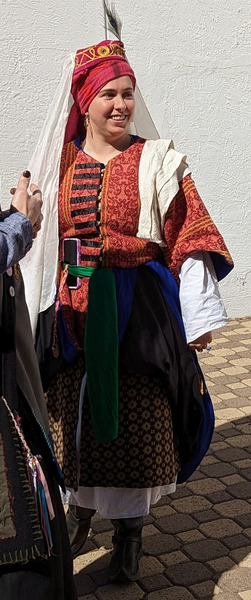
What feels most important to me, though, is this picture. The Order of the White Scarf is charged with protecting the Queen's White Scarf in the interregnum, with the newest white scarf present protecting it personally and the oldest white scarf present taking it from the arm of the Queen stepping down and putting it upon the arm of our new Queen. We pass it through the circle, some of us pressing it to our forehead or hearts, some of us giving it a good squeeze, some of us kissing it. To myself and much of the rapier community of Ansteorra, this is more than a scrap of fabric on a brass hat's arm. This is the memory of what Don Tivar and Countess Tessa of the Gardens did for us so long ago, legitimizing our community and uplifting us. This is the memory of brothers, sisters, and friends come and gone, of Queens who, for a moment or a lifetime, became one of us, became the head of our order. This is the hope of every cadet who dreams of bleaching their scarf, of every fencer who imagines themselves in the shoes of Errol Flynn or Cyrano. A good Queen inspires us to do better, do more, and reach further, and a great Queen makes our Order stronger with just her presence.
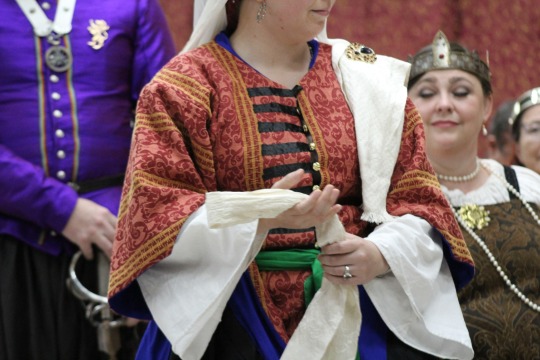
None can compare with bright honor rare We go as the swift arrow flies To stand in the strife, to hazard our lives For a glance from Your Majesty’s eyes
There are certainly adjustments I would make if I were to do this again, notbly find my box o' saris and use a silk facing, among others. I would like to make some non-supportive gomleks in a much lighter fabric and some supportive zibins as well. I would prefer in the future to attach the facing BEFORE i sew down the underside of the sleeve so i feel SLIGHTLY less murderous while sewing. And because of how I roll, in the future I would definitely add a pocket or twelve. I intend to replace the ribbon button loops with some woven trim loops, or at the very least add some matching ribbon bars to the button side for a little more visual balance.
This project would not have been possible without the support of Baroness Dominique Michelle le Vasseur and Viscountess Caterina Giovanni, and the inspiration of the lovely and kind Countess Jacquette d'Anjou, whose conversations and costuming at Gulf XXXI finally kicked me into high gear on this.
#sca#arts & sciences#a&s#society for creative anachronism#historical costuming#ottoman clothing#turkish clothing#entari#zibin#gomlek#tarpus#salwar#sca garb#sca costuming
20 notes
·
View notes
Text

Das 3. Jahr - Der Adler Des Sultans
The 3rd Year - The Sultan's Eagle
#Krabat#krabat renaissance#Otfried Preußler#jirko#eagle#drawing#digital art#art#Illustration#lineart#blood#magic#dark art#gave him ottoman Empire clothes since he; you know. served the sultan#my art#krächzen
48 notes
·
View notes
Text

🇹🇷Ottoman wedding dress
#turkic#nomad#traditional#culture#traditional clothing#türk#turkish#turkiye#türkiye#ottoman#wedding#traditional dress
40 notes
·
View notes
Text

Dilruba in harem🌱
(pls click for better quality😭)
9 notes
·
View notes
Text

Tunic. Greek, Epirus, or Ottoman. Men’s or women’s. 1800-1900 CE.
Wadsworth Atheneum Museum of Art.
#art#culture#traditional clothing#clothing#greek women#Greek#ottoman history#ottoman empire#ottoman#turkish history#turkic#greek history#modern history#wadsworth atheneum
8 notes
·
View notes
Text
Give me headcanons of "Where did Romania got his earings from?" I'm curious
#aph romania#hetalia#hws romania#hws#aph#maybe it's just another peace of clothing and that's about it#maybe it doesn't have historical value but imagine if#personally I think he got it during his ottoman era cuz why not?#Also I like to think he has earings on both his ears not just one#I'm too lazy to remember on which ear it's suppose to be
13 notes
·
View notes